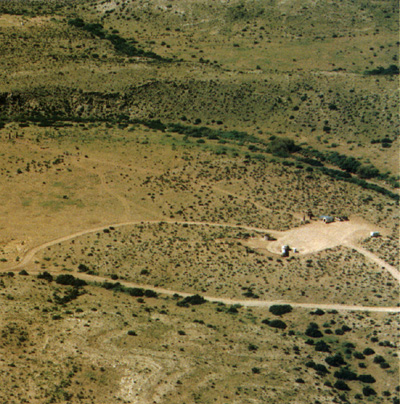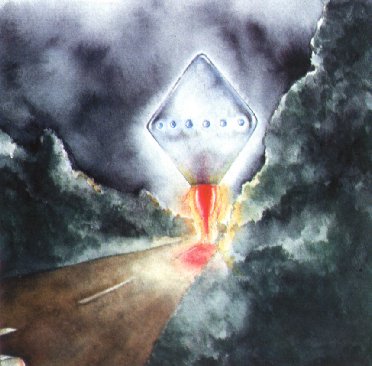Speaking at the MUFON UFO Symposium held in Kansas City, Missouri in
en , Dr. J. Allen Hynek said: A paradoxical situation exists
in the whole UFO problem area: we have too many sightings, not too few; yet we are far from a solution. We are,
frankly, embarrassed by our riches
Later in the same paper, Dr. Hynek said: We do have a great richness in material to
study. Let us turn our present embarrassment of these riches to good use. We can do this by not wallowing around in a
welter of cases of all sorts, unable to do justice to any, but by being very selective in choosing just what cases or
aspects of the problem to study. It does no good merely to read about and talk about the whole spectrum of UFO
cases
. He went on to recommend that UFO researchers specialize in some aspect of the field or some unique cases to
develop an impressive amount of material and to have that material published for others to use.
Some excellent examples of the specialized approach to the UFO problem now exist. Stanton Friedman, Don Berliner, Kevin Randle, and Donald Schmitt have researched and written extensively about the 1947 UFO crash at Roswell , New Mexico. Dr. Jack Kasher tackled
the touchy problem of analyzing the videotape taken by the crew of
the Space Shuttle Discovery on flight STS-48
, New Mexico. Dr. Jack Kasher tackled
the touchy problem of analyzing the videotape taken by the crew of
the Space Shuttle Discovery on flight STS-48 in September 1991. Linda Howe and Tom Adams are known worldwide for
their work on cattle mutilations. Dr. David Jacobs, Dr. John Mack, Budd Hopkins, Yvonne Smith and others
are deeply involved in abduction research. Len Stringfield dedicated much of his life to crash-retrieval research.
These researchers and hundreds of others have dedicated themselves to specific areas of UFO research. All of this case
specialization is paying off by finally providing some concrete results.
Another valuable area of specialization lies in the development of specialized databases, documenting certain characteristics of the UFO phenomenon for use by other researchers in their work. Some examples follow.
Researcher Ted Phillips assembled a database of more than 4,000 landing trace cases, incidents where plants and soil traces attested to the fact that unusual, but physically real machines of some sort damaged the landing site. Some eyewitnesses to these events described the machines as other worldly -nothing like those built on Earth.
Britain's Gordon Creighton cataloged 170 cases relating to the effects of UFOs on animals, birds and smaller creatures. While animals do not have the capacity to imagine UFOs or to misidentify UFOs, they do have the natural mechanisms necessary to sense the physical effects caused by UFOs.
Dr. Richard Haines has documented more than 3,000 cases made by aircraft pilots worldwide and dedicated a book to pilot sightings over Korea during the Korean war.
Dr. Mark Rodeghier of the Center for UFO
Studies compiled a catalog of 441 UFO
reports involving vehicle interference. His work is an examination, chiefly through statistical means, of the
subclass of UFO events where in the car, truck, or other motor vehicle in which the witness was either riding or in
near proximity to, was seemingly affected by the presence of a UFO. A similar study of 58 Australian vehicle
interference cases was conducted by Keith Basterfield and Paul Jackson.
and Paul Jackson.
In en Gordon Lore and Major Donald Keyhoe produced a special report for NICAP on the strange effects from UFOs, documenting 95 incidents of animal reactions, vehicle interferences, or medical effects on humans. It was a valuable piece of work in defining the nature of the UFO problem.
As a result of my investigation of the Cash-Landrum
incident of le , I gathered information on a large number of UFO-related human physiological
effects cases. Rather than lose the results of that inquiry, I have documented a summary of those cases in this
catalog. A more comprehensive version is now in the planning stages.
of le , I gathered information on a large number of UFO-related human physiological
effects cases. Rather than lose the results of that inquiry, I have documented a summary of those cases in this
catalog. A more comprehensive version is now in the planning stages.